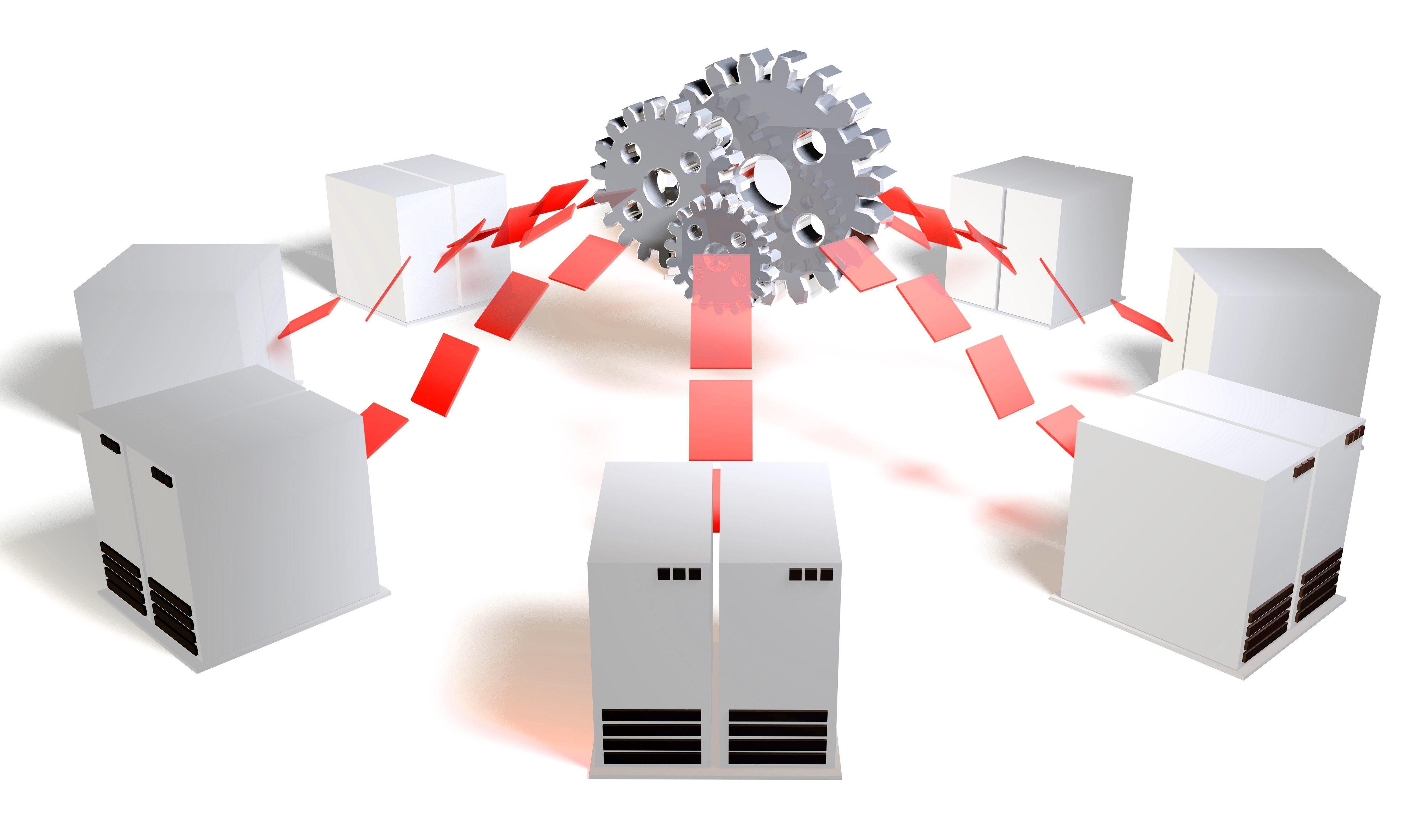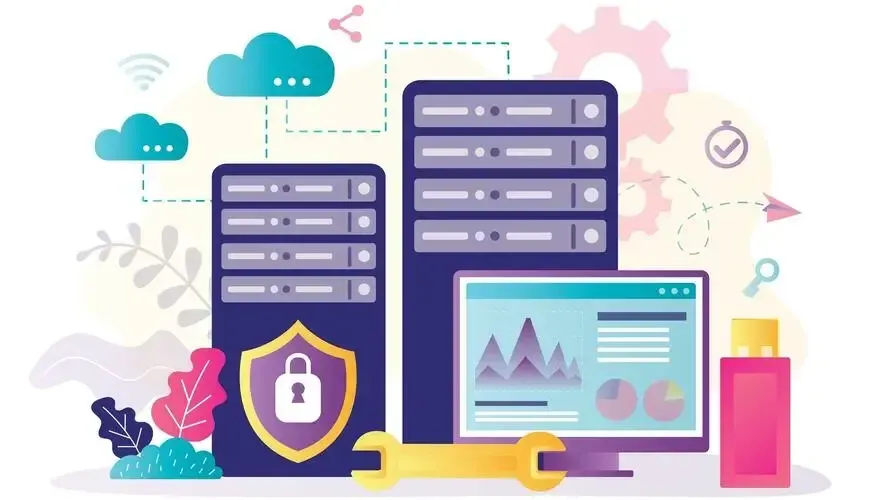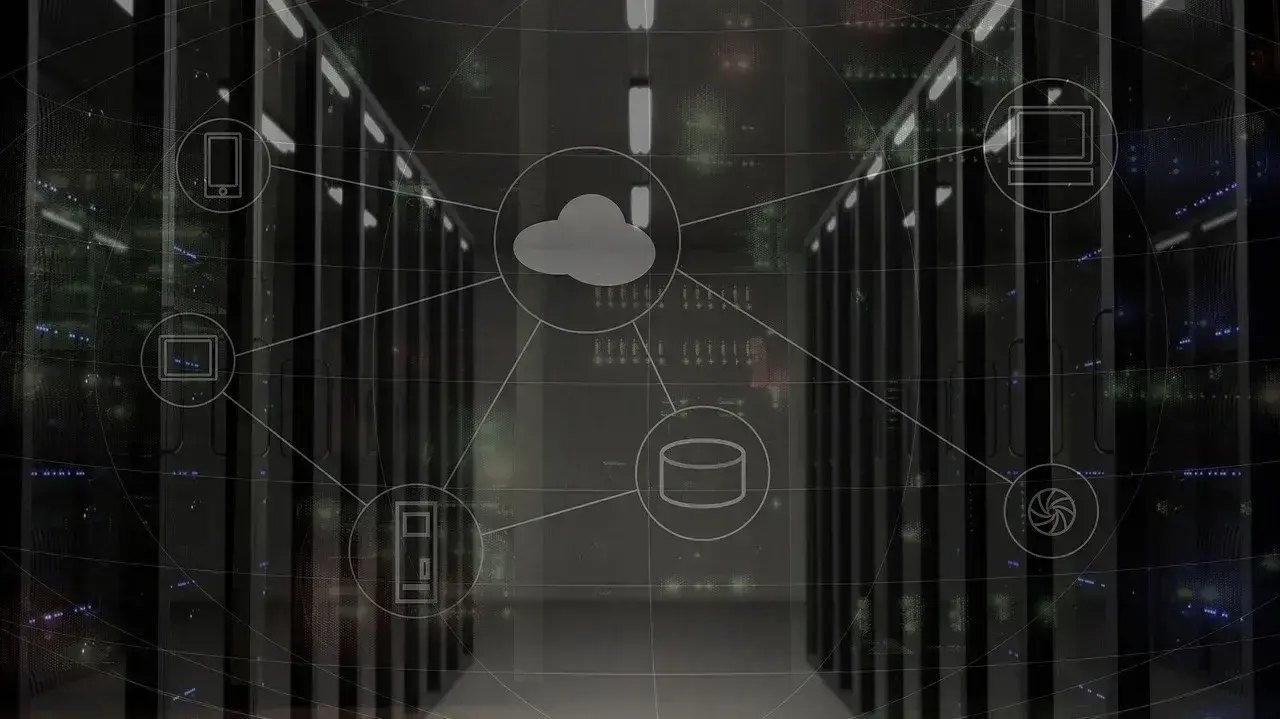MySQL is a relational database management system (RDBMS), a tool for creating and managing website databases.
Originating in 1994 by David Axmark and Allan Larsson, it emerged as a faster, more efficient alternative to then-existing systems.
This article covers everything you need to know about MySQL so that you can decide whether it’s a fit for your website.
What Is MySQL Hosting?
MySQL(My structured query language) is an open-source relational database management system (RDBMS) for managing website data.
It includes various tools for database management.
Through the dashboard, users can modify their website's backend data. Choosing fully managed MySQL hosting offers optimized services, expert support, and plug-in assistance.
Why Is MySQL Important?

Web database
MySQL primarily serves as a database for website information, enhancing efficiency in data retrieval and transfer.
- Speeds up data retrieval for improved website efficiency.
- Ideal for handling dynamic content on websites.
- Facilitates efficient user data input and management.
- Streamlines storage and transfer of website data.
Web applications
- MySQL focuses on functionality for easy web application building.
- Compatible with PHP programming language.
- Offers wide scope for diverse application development.
Newer companies without a sophisticated data team
Small companies prefer MySQL for its reliability, flexibility, and strong performance.
It is user-friendly, eliminating the need for a large data team and allowing management of all databases in one place.
eCommerce
MySQL provides a comprehensive framework for building a customizable eCommerce store from scratch, with total flexibility.
- Allows customization of features like product types, categories, and brands.
- Supports various payment options, countries, and markets.
- Requires coding skills for effective implementation.
- Offers complete flexibility in in-store design and functionality.
Data Security
MySQL is globally recognized as a highly secure database management system.
Its open-source platform benefits from a worldwide user network that consistently patches security gaps and releases updates.
High performance
- MySQL features a unique storage-engine framework for optimal configuration.
- Easily scalable, suitable for small blogs to high-traffic sites.
- Enables fast data retrieval from databases regardless of site size
It’s relatively easy to learn
Using MySQL requires coding skills, but its SQL commands are relatively easy to learn.
Additionally, it's compatible with multiple operating systems like Linux, Windows, macOS, and FreeDSB.
How Does MySQL Work?

Client-server architecture
- Server program and database files are on the same system for quick data recovery.
- Allows users and client programs to request information from the database.
Database management
- Data is managed through subdirectories via the MySQL database server.
- Any data changes, like deletions, are processed by the MySQL server.
Understanding MySQL System Architecture
MySQL's architecture is relational, storing information in interconnected tables across databases, with each table linked by IDs for easy data access.
This operates across three layers:
Client Layer: The top layer, handles user authentication and command verification.
Server Layer: The 'brain' of the system, processing logical functions and executing client instructions.
Storage Layer: Where data is stored, offering various storage engine options.
The Appeal of MySQL: Why Is It a Top Choice?

Flexible and easy to use
MySQL is easily customizable for added features and can be scaled up to meet increased resource demands.

High performance
MySQL is built to quickly and efficiently fetch data, smoothly handling tens of thousands of daily requests without performance loss.

An industry-standard
MySQL's global popularity ensures abundant support, including forums, guides, and experts online. Its standardization also makes fixing bugs and glitches simpler.

Secure
MySQL offers robust security, with global developers providing regular fixes and options for custom security enhancements. It also supports encryption and secure connections.

Open Source
The platform is free to download and fully customizable. With the right developer skills, you can customize it to meet specific needs.

Scalability
MySQL is flexible, suitable for both large data centers and smaller settings.
MySQL Vs. SQL — Key Differences
SQL is a coding language for managing website databases, whereas MySQL is a database management system that utilizes SQL for command execution.
Let’s quickly review the notable differences between these two.
| Aspect | SQL | MySQL |
|---|---|---|
| Complexity | Requires learning the coding language | Ready to use upon download, easier to learn |
| Support for Connectors | No inherent support for connectors | Includes 'MySQL Workbench' for database design and development |
| Updates | Fixed, hard-coded language without updates | Regularly updated with new features and security patches |
| Uses | Used to operate database systems | Allows storage, handling, and modification of data in databases |
Key Features of MySQL
Stored Procedures: These can be used to simplify certain tasks by using common commands such as deleting records
Triggers: Allows you to execute specific activities on the server with command series.
Replication: Users can copy the contents of a server onto another server or desktop computer. These are generally used for backup purposes.
Platform Independence: MySQL is compatible with many different operating systems including Windows, Linux, macOS, and various Unix variants.
Resource Groups: Using a resource group you can assign priority to business-critical tasks.
Access to a global developer community: Tap into a worldwide developer community for assistance.
Partitioning: Enhances efficiency by keeping databases distinct and separate.
MySQL Client and Tools
A MySQL client is a command tool for interacting with a database server, such as connecting and retrieving user information
Tools on the other hand are designed for specific tasks within the platform.
MySQL Hosting Options and Pricing
MySQL deployed on-premise
Setting up server infrastructure can be expensive due to initial costs and the need for a dedicated team to maintain it. However, it offers complete control and the flexibility to make any updates as desired.
MySQL deployed in the cloud
Opting for a 'database-as-a-service' model provided by MySQL hosting sites is simpler for those without technical skills. This model offers access to expert support from the cloud provider. Costs vary based on business size.
Common Errors in MySQL
Access Denied: Indicates authentication failure, likely due to lack of user permission.
Too Many Connections: Indicates that all the connections to your website databases are in use. You can increase the number of connections via commands
Out of Memory: Occurs when there's insufficient memory for a query's request.
Lost Connection to MySQL Server: Often due to network connection problems.
MySQL in DevOps and CI/CD Pipelines
MySQL plays a crucial role in DevOps practices and CI/CD pipelines, facilitating efficient database management and deployment automation, including:
Database as Code (DaC)
MySQL databases can be treated as code, allowing teams to version control database schemas and changes alongside application code.
Automated Testing
Incorporating MySQL into CI/CD pipelines enables automated database testing, ensuring database changes do not introduce regressions.
Database Migrations
MySQL hosting services support database migration scripts that can be automatically applied during CI/CD processes to keep database schemas in sync with application changes.
Containerization
MySQL can be containerized using tools like Docker, making it easy to manage and deploy consistent database environments within container orchestration platforms like Kubernetes.
Database Rollbacks
CI/CD pipelines with MySQL integration enable seamless rollback mechanisms in case of deployment issues, minimizing downtime and data loss.
Database Deployment Automation
MySQL deployments can be automated, allowing for consistent, reproducible database setups across development, staging, and production environments.
Monitoring and Alerts
Integrating MySQL monitoring tools into CI/CD pipelines enables developers to actively detective issues during deployments, reducing the risk of post-release problems.
Migrating to MySQL: Tips and Considerations
Migrating to MySQL is a significant organizational decision. To ensure a seamless transition, consider these key tips and considerations:
- Assess current database and plan migration with timelines and rollback strategies.
- Backup all data before migration.
- Check compatibility of applications and scripts with new MySQL version.
- Map current database schema to MySQL, focusing on data types and indexing.
- Use MySQL or third-party data migration tools for efficient transfer.
- Test migrated data and applications in a staging environment.
- Optimize MySQL settings for best performance.
- Enhance security with access controls, encryption, and authentication.
- Document the migration process, including configurations and scripts.
- Train users on any changes in database interaction post-migration.
- Prepare a detailed rollback plan in case of migration issues.
- Gather feedback post-migration for continuous improvements.
The Future of MySQL
The shift from on-premises MySQL to cloud hosting is growing, hastened by the Covid-19 pandemic and the rise of remote workforces.
Superior accessibility introduced by cloud solutions means staff will be able to access MySQL databases from virtually anywhere globally.
Conclusion
MySQL's versatility, popularity, power, and rich features have solidified its position as one of the world's leading database management systems.
While not ideal for beginners due to the need for SQL knowledge, its large developer community and user-friendly design offset this.
With increasingly affordable cloud hosting, more flexible packages are expected to emerge.
Frequently Asked Questions
Does MySQL have a customer service team?
Yes, for those that need large enterprise solutions you can get in touch to discuss licensing, products, and support. Alternatively, this can be managed via the data host.
What resources are available to get started with MySQL?
There are hundreds of blogs, guides, and articles available on the MySQL developer home page. These will walk you through installation and technical issues.
Do I need technical knowledge to use MySQL?
Yes, at the very least we’d recommend having basic knowledge of the SQL programming language.
Why do I need MySQL?
Put simply, it’s one of the most efficient and user-friendly databases on the market. It should make your website fast, secure, and reliable.

I've been navigating the web hosting waters for years now. As the Chief Editor at Verpex, I team up with some awesome writers to dish out the good stuff on hosting. Got a Master's in Journalism, so I always have an eye out for quality. Whether you're just dipping your toes or you're a seasoned surfer, I'm here to make everything web hosting feel like a breeze
View all posts by Julia Lozanov



















